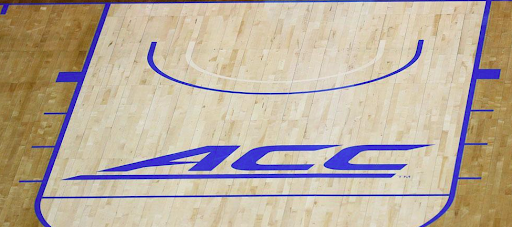College athletics have evolved from a competition between amateur student-athletes into a machine that generates hundreds of millions of dollars in revenue on an annual basis.
Orange County Commissioner, and sports columnist for the News & Observer, Barry Jacobs says we have reached a tipping point in college athletics.
“Yes, I think that the tail wags the dog at a lot of places,” he says. “I’m not saying it does nationwide, and I think that there are people at the schools around here who try very hard to keep that from happening.
“But I actually think that we should start from scratch. When the NCAA was formed, there was no thought of the athletes having any say.”
Bradley Bethel is a former learning specialist at UNC who is now producing a documentary on the academic scandal at Carolina. He says bringing the athletes to the negotiating table is the first step in fixing a broken system.
“Granting them the ability to have representatives who will represent their interests primarily,” he says. “The discussion around this has emerged since Northwestern won the right to unionize.
“I don’t necessarily think that unions are the best way to do that, but they are a way.”
Dr. Deb Stroman is a faculty member at UNC who played basketball at the University of Virginia and provides color commentary for the Carolina women’s basketball broadcasts. She says no matter the model, there is money to be made in college athletics and someone will find a way to take advantage of that.
“This is capitalism. And it’s going to be a shell game,” she says. “We say we can just start all over or build a new organization; it’s capitalism. It’s all about money.
“And unless we move to pushing the NCAA and member institutions to be social responsible companies – if we don’t do that it’s going to just be a shell game. Something else will evolve where it’s only focused on the dollars.”
Amy Perko, Executive Director of the Knight Commission, adds bringing financial transparency to college athletics may be the only way to hold those accountable who have taken the student-athlete model and created what college athletics are today.
“Academic reform really did hit a certain tipping point when there was public transparency for graduation rates,” she says. “University Presidents were embarrassed about the low graduation rates.
“We believe the same can be true with financial reform. There needs to be public transparency for that. There needs to be much better measures to compare spending in athletics to what’s going on in the university in academics.”
This was part of the college athletics discussion during the 2015 WCHL Community Forum.





Comments on Chapelboro are moderated according to our Community Guidelines